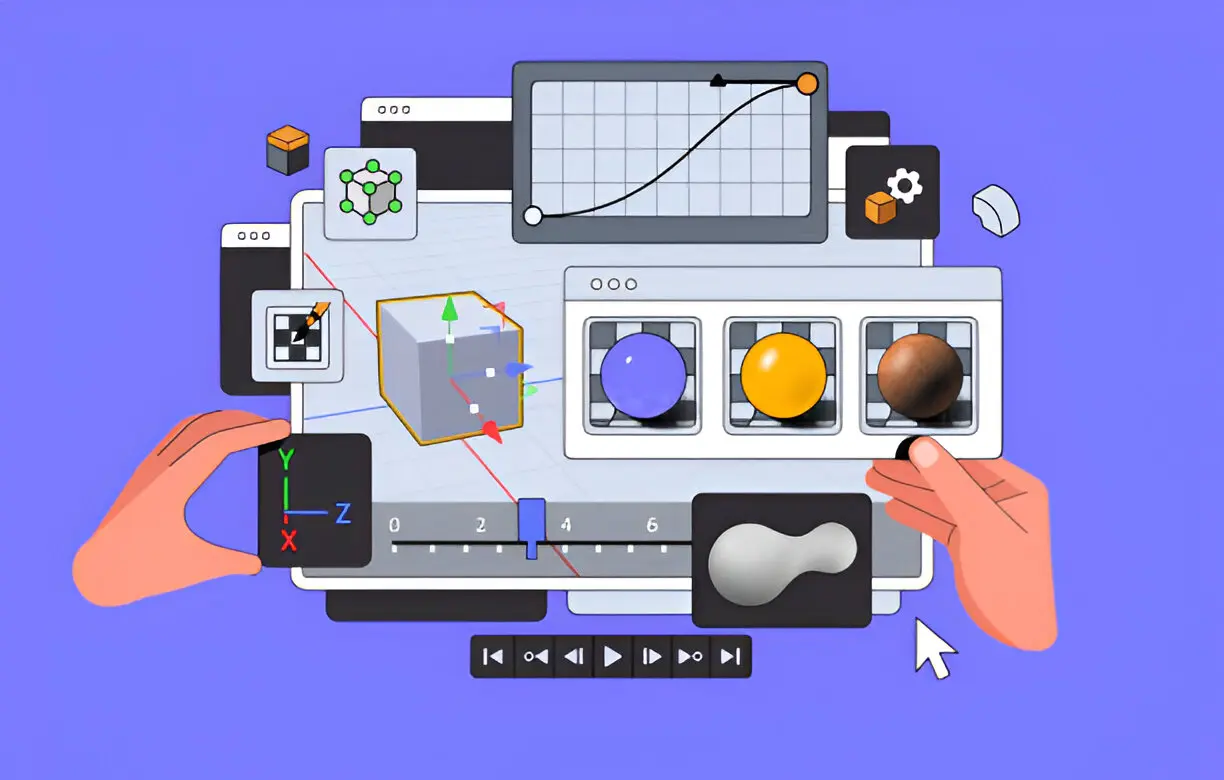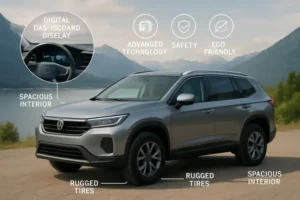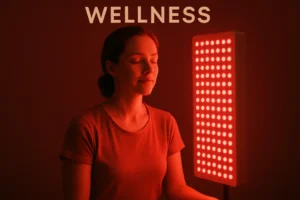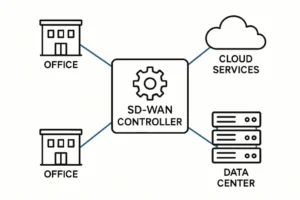The Great Digital Migration
Something profound happened when designers stopped seeing their computers as fancy drawing boards and started treating them as creative partners. The shift wasn’t gradual – it was a stampede. Today’s design landscape looks nothing like it did even five years ago, and the designers leading the charge aren’t just tech-literate; they’re tech-obsessed, tool-hungry innovators who’ve discovered that virtual environments offer something physical studios never could: infinite possibility without constraints.
The numbers tell a compelling story. According to recent industry research, 97% of creative professionals now use AI-powered tools in their daily workflow. That’s not adoption – that’s total transformation. Meanwhile, businesses employing augmented reality design tools report a staggering 30% increase in productivity. These aren’t marginal improvements; they’re quantum leaps that fundamentally alter what designers can achieve in a day, a week, a career.
Steve Jobs once said, “Design is not just what it looks like and feels like. Design is how it works.” Modern designers have taken this philosophy and turbocharged it with virtual tools that don’t just create prettier pictures – they revolutionize the entire creative process. Today’s 3d render services exemplify this shift, offering designers capabilities that would have seemed like science fiction just a decade ago. They’re not just rendering images; they’re creating entire worlds where physics bends to creative will.
Breaking Free from Physical Limitations
Picture the traditional design studio: drafting tables, material samples, physical models that take weeks to build and seconds to become obsolete. Now imagine having access to every material ever created, every texture ever photographed, every lighting condition from Arctic midnight sun to Saharan noon – all instantly available, infinitely adjustable, never running out. That’s the reality virtual tools have created.
The liberation goes deeper than convenience. Physical prototypes cost money – sometimes astronomical amounts. Virtual prototypes cost time and electricity. Physical models break, decay, get lost in storage. Virtual models exist eternally in perfect condition, ready to be revised, reimagined, or completely rebuilt at a moment’s notice. Is it any wonder designers are abandoning their workshops for workstations?
But here’s what really excites forward-thinking designers: virtual tools eliminate the gap between imagination and execution. That wild idea that would take months to prototype physically? You can test it virtually in hours. That material combination that would cost thousands to sample? Try hundreds of variations before lunch. The iteration speed has gone from geological to instantaneous.
Collaboration Without Borders
Remember when collaboration meant everyone cramming into a conference room, pointing at printouts, arguing over coffee-stained sketches? Virtual design tools have obliterated those limitations. Teams scattered across continents now work on the same model simultaneously, watching changes appear in real-time, discussing modifications through integrated communication channels that make email look like smoke signals.
The democratization of expertise has been revolutionary. A junior designer in Mumbai can collaborate seamlessly with a senior architect in Manhattan, a materials specialist in Milan, and a sustainability consultant in Melbourne. Geographic boundaries have become irrelevant. Time zones? Just another scheduling consideration. Language barriers? Visual communication transcends them all.
What’s particularly fascinating is how virtual collaboration has improved the quality of feedback. Instead of vague comments like “make it pop more,” collaborators can now annotate specific elements, suggest precise adjustments, even demonstrate their ideas directly within the shared virtual space. Miscommunication hasn’t just decreased – in many cases, it’s virtually eliminated.
The AI Revolution in Creative Spaces
Here’s where things get really interesting. AI isn’t replacing designers – it’s amplifying them. Maya Angelou perfectly captured this principle when she said, “You can’t use up creativity. The more you use, the more you have.” AI tools have become the ultimate creativity multipliers, generating endless variations, suggesting improvements, and handling tedious tasks while designers focus on vision and innovation.
Consider how AI transforms the ideation process. Instead of starting with a blank canvas, designers can generate dozens of initial concepts based on parameters, then refine and combine the best elements. It’s like having a tireless assistant who never runs out of ideas, never gets tired, and never judges your wildest concepts. The creative process has evolved from solitary struggle to collaborative exploration.
The statistics support this transformation. Studies show that designers using AI tools report 61% higher productivity, but more importantly, they report higher job satisfaction. They’re spending less time on repetitive tasks and more time on creative problem-solving. They’re exploring more options, taking bigger risks, producing better work. The tools haven’t made design easier – they’ve made it more ambitious.
Virtual Reality: The New Design Studio
Step into a VR headset, and suddenly you’re not looking at your design – you’re inside it. You can walk through the building you’re creating, sit in the chair you’re designing, experience the space you’re imagining. This isn’t just visualization; it’s inhabitation. And it’s changing everything about how designers work.
The global VR market in design is exploding, projected to grow from $16.32 billion in 2024 to $123.06 billion by 2032. Why such dramatic growth? Because VR solves problems designers didn’t even know they had. Scale issues disappear when you can experience your design at actual size. Spatial relationships become intuitive when you can walk through them. Client miscommunication evaporates when they can experience exactly what you’re proposing.
But perhaps the most profound impact is on the designer’s creative process itself. Working in VR is like having superpowers. Walls move with hand gestures. Materials change with voice commands. Entire design schemes transform instantly. The physical constraints that have limited designers for millennia simply don’t exist in virtual space. Gravity? Optional. Budget? Infinite during conceptualization. Physics? More like guidelines than actual rules.
Data-Driven Design Decisions
Virtual tools have given designers something they’ve never had before: comprehensive data about how their designs perform before they’re built. Thermal modeling, structural analysis, traffic flow simulation, acoustic testing – all happening in real-time as designs evolve. Gut feelings are being validated or challenged by hard data.
This isn’t about replacing intuition with algorithms. It’s about informed creativity. When designers can instantly see how changing a window size affects energy efficiency, or how adjusting a curve impacts structural integrity, they make better decisions. They can push boundaries knowing exactly where those boundaries are. Risk becomes calculated rather than reckless.
The feedback loop has compressed from years to seconds. Instead of waiting for post-occupancy evaluations to learn what worked and what didn’t, designers can test and refine continuously. Every project becomes a learning experience that immediately informs the next. The accumulated knowledge isn’t lost in filing cabinets – it’s embedded in the tools themselves, available to every designer who uses them.
The Economics of Virtual Design
Let’s talk money, because ultimately, that’s what drives adoption at scale. Virtual design tools have flipped the economic model of design on its head. The initial investment in hardware and software might seem steep, but the return on investment is almost immediate. Projects that once required teams of dozens can be handled by groups of five or six. Timelines compress from months to weeks.
More importantly, virtual tools have democratized high-end design. Small firms can now compete with major studios because the tools level the playing field. A talented designer with a laptop and the right software can produce work that once required entire departments. This isn’t just disrupting the industry – it’s revolutionizing it.
Clients are seeing the benefits too. Virtual presentations are more compelling than static renderings. Change requests that once triggered budget overruns can be accommodated easily. The entire design process becomes more transparent, more collaborative, more satisfying for everyone involved. When clients can see exactly what they’re getting before construction begins, expensive surprises disappear.
Looking Forward: The Next Virtual Frontier
We’re just scratching the surface. Haptic feedback is adding touch to virtual experiences. Brain-computer interfaces promise direct thought-to-design translation. Quantum computing will enable simulations of unprecedented complexity. The tools that seem cutting-edge today will look quaint in five years.
The designers embracing these technologies aren’t just early adopters – they’re pioneers exploring a new creative frontier. They’re discovering that virtual tools don’t constrain creativity; they unleash it. They don’t replace human insight; they amplify it. They don’t make design easier; they make it more powerful.
The message is clear: the future of design is virtual, and the designers who recognize this aren’t just keeping up with the times – they’re defining them. The question isn’t whether to adopt virtual tools, but how quickly you can master them before your competition does. Because in this new landscape, the race doesn’t go to the biggest or the oldest – it goes to the most technologically adept, the most virtually fluent, the most willing to embrace tools that transform imagination into reality.
Also Read-How to Use Technology to Win the 82 Lottery








